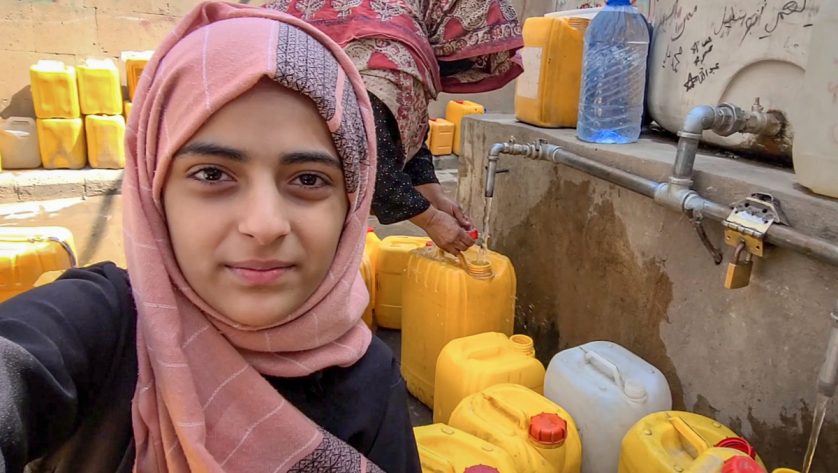Every morning, Ronnie and Gerlyn Villasino get in their narrow canoe-like boat (known as a bangka) and paddle out to tend their crops in the shallow waters just off shore from their beach-side home.
Like many on Ilin island, which lies just south of the much larger Philippine island of Mindoro, the Villasinos plant, harvest, dry and sell a variety of seaweeds. These salty, tasty plants are not only culinary delicacies — used in salads, pickled dishes and seafood soups — they are key ingredients in a multitude of commercial products, from ice cream to shampoo.
But life for many land and sea-based farmers like the Villasinos has become increasingly challenging in recent years. They are coping with a more volatile climate, less predictable weather patterns and more severe storms, like last year’s Typhoon Phanfone (or Ursula, as it’s called here), which wiped out nearly all the island’s seaweed beds.
“Our farm has survived typhoons many times because my husband collected the seaweed before the typhoons hit and we relocated them closer to the shore,” says Gerlyn Villasino. “But on December 25 last year, when our seaweeds were maturing, Typhoon Ursula came and our seaweed beds were washed away.”
Homes were destroyed. Boats where wrecked. The thousands of meters of ropes to which the farmers attach the seaweeds were swept out to sea.
 Red Cross Red Crescent magazine
Red Cross Red Crescent magazine 
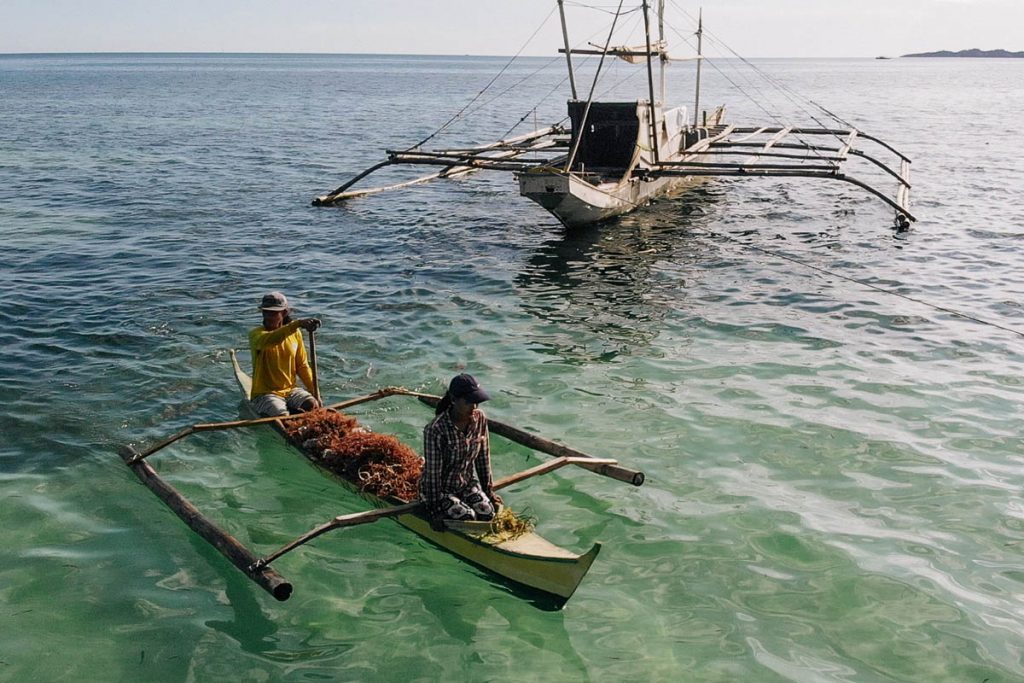
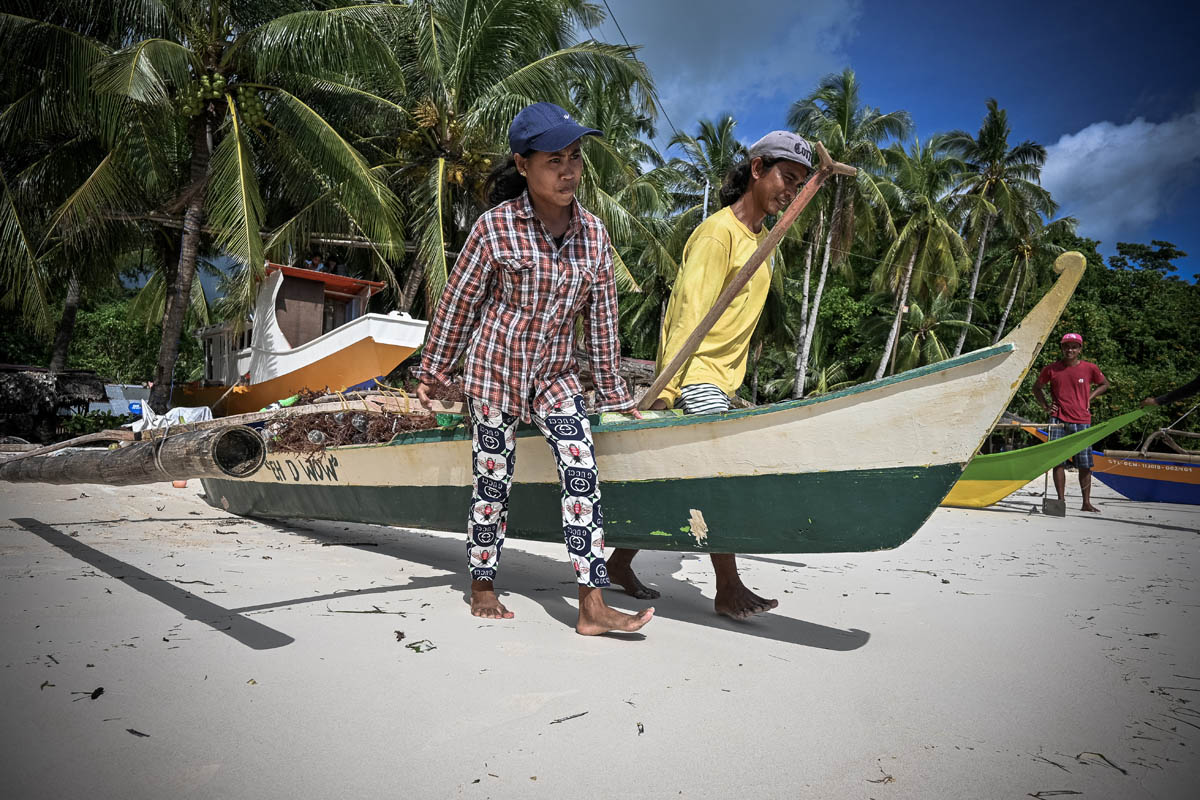
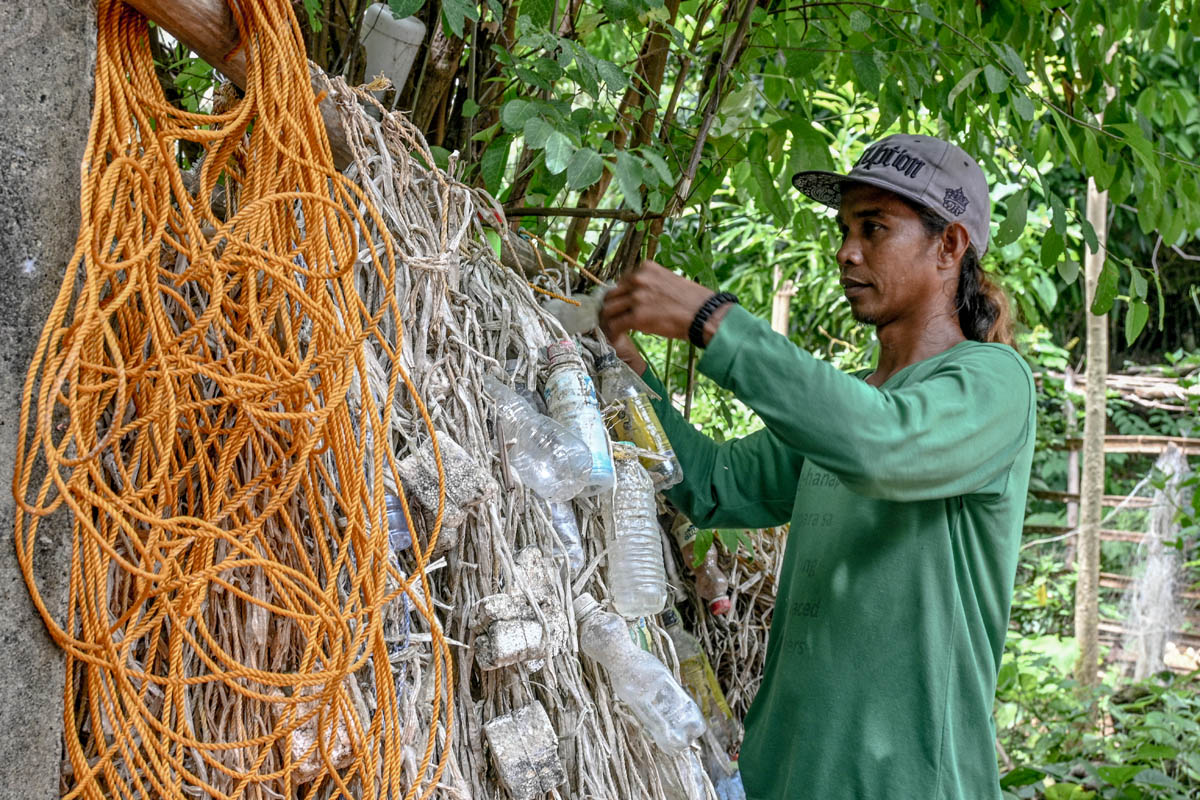
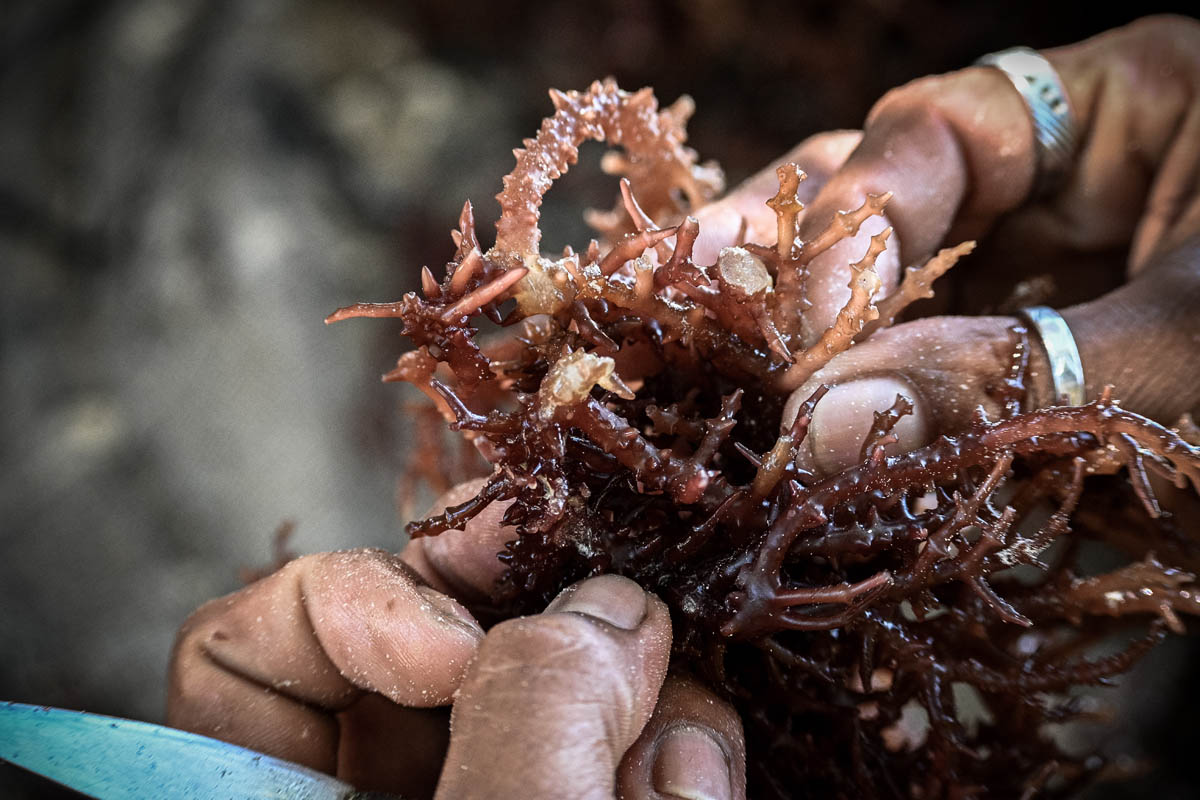
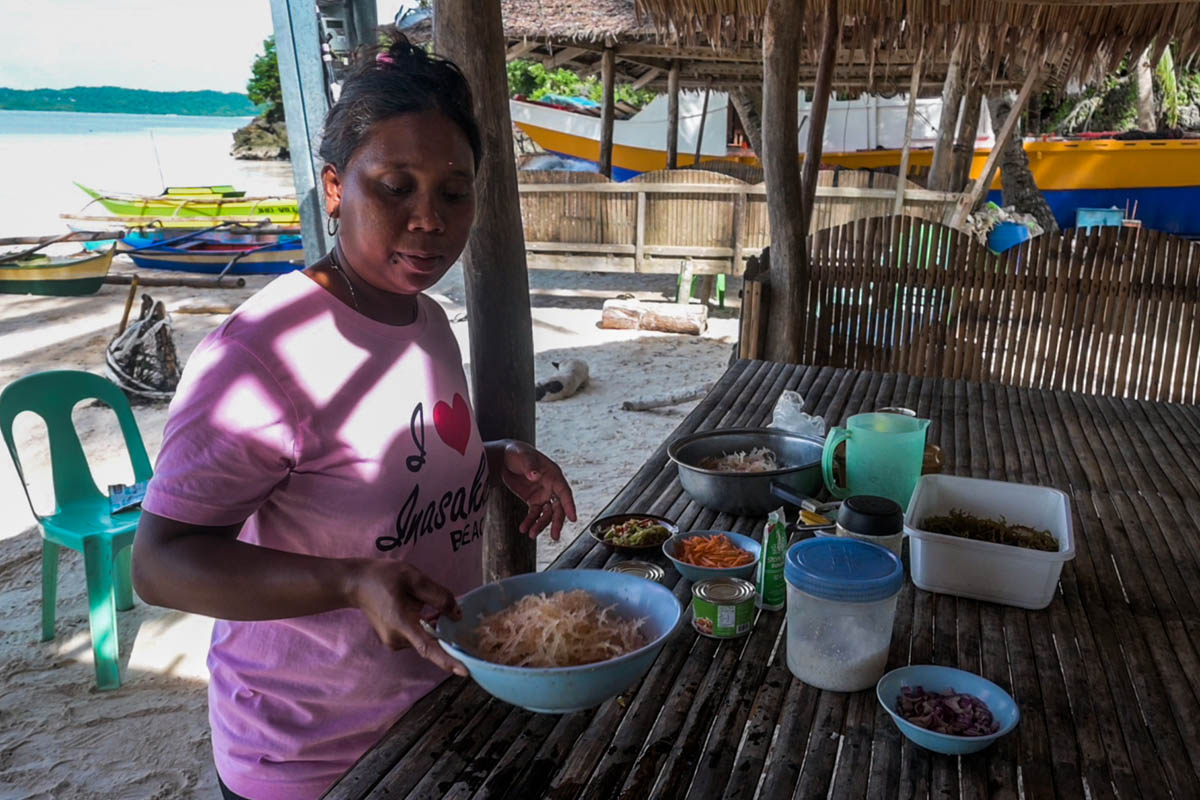
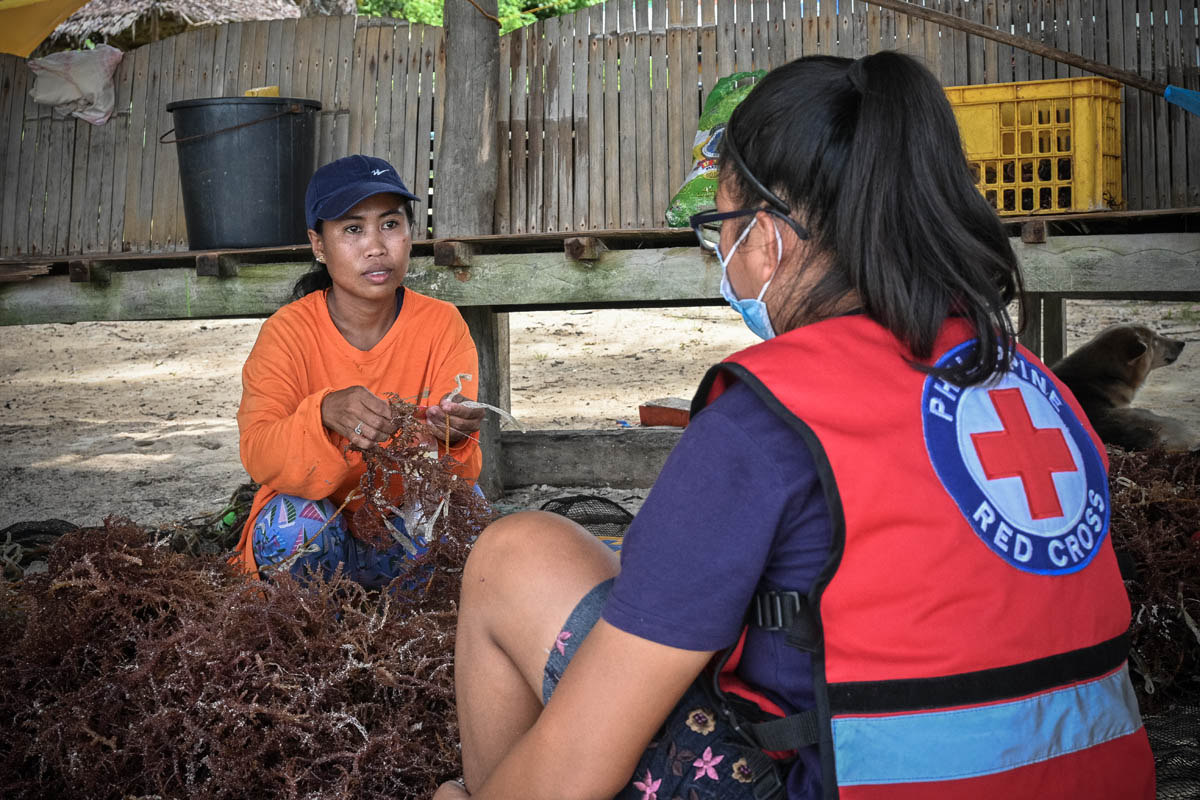
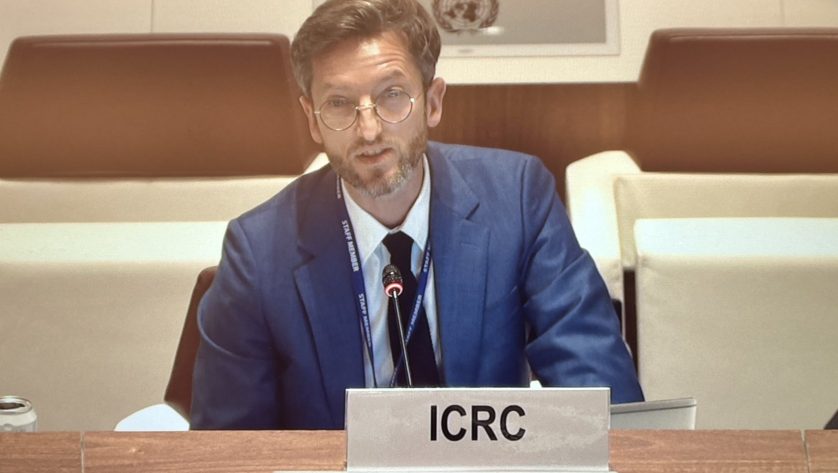

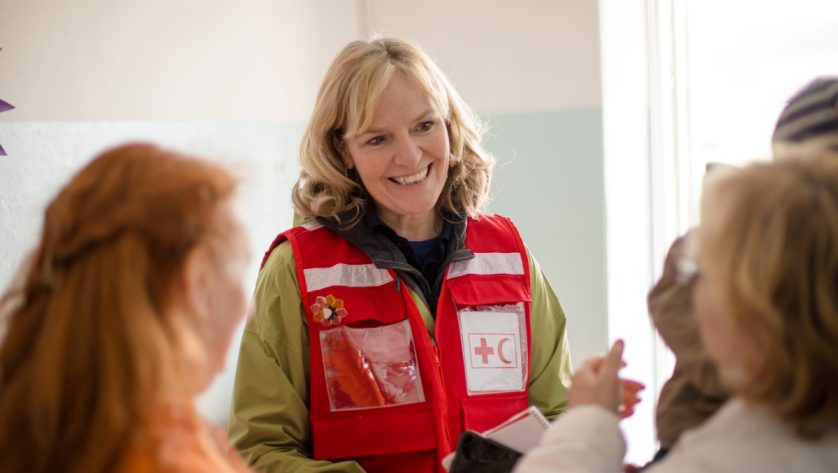

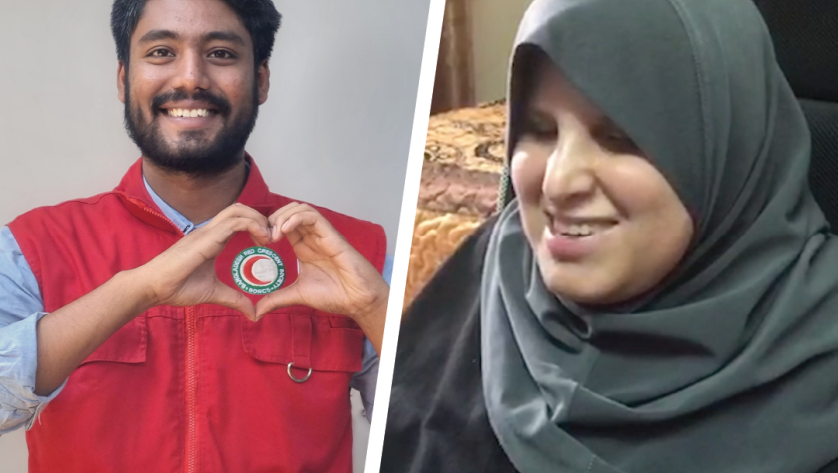

 Tech & Innovation
Tech & Innovation Volunteers
Volunteers Health
Health Migration
Migration